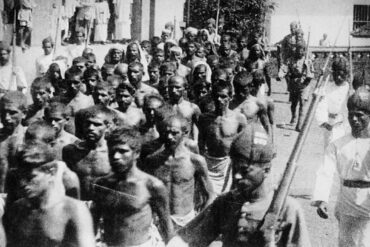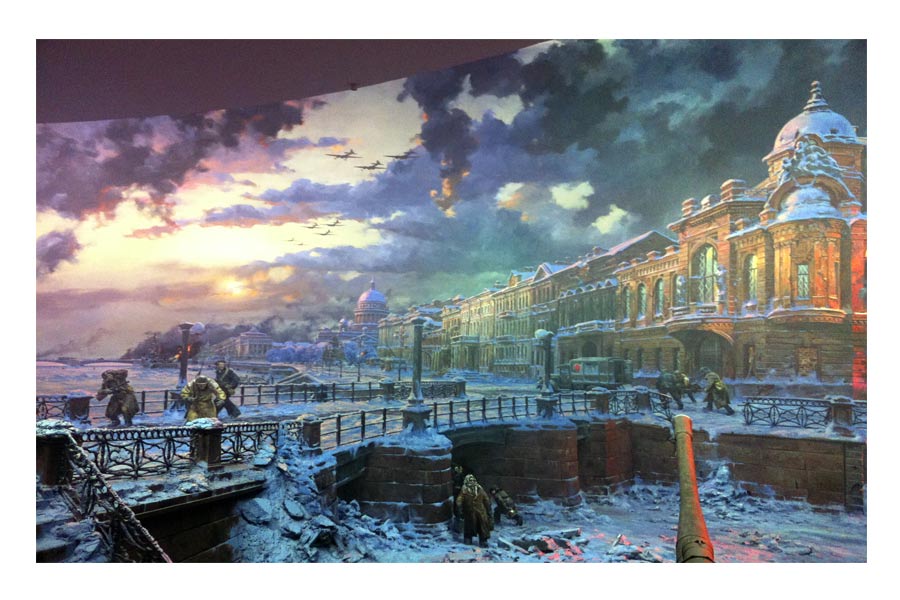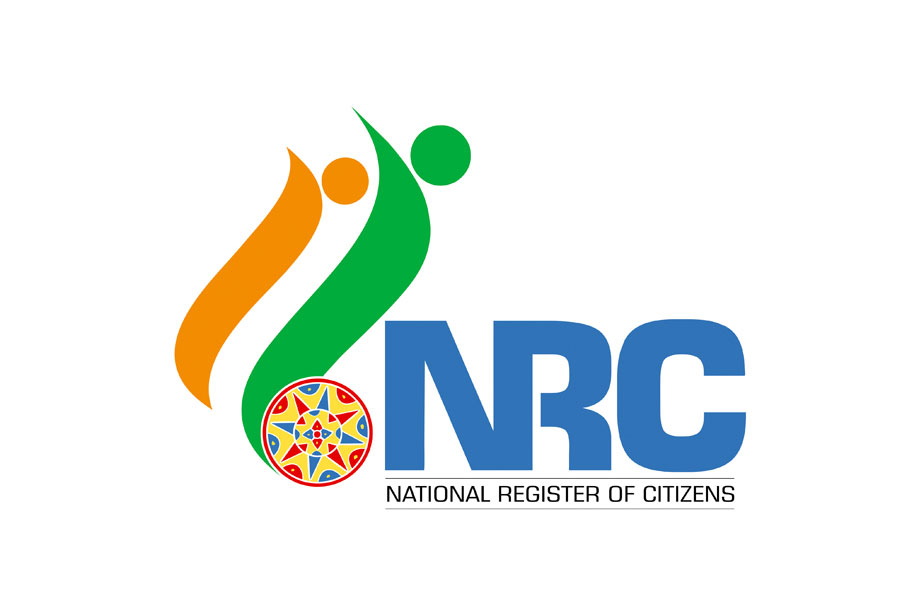If you want to discuss World War II with the Russians, most of them would want to talk about the most significant part of that armageddon known as the Great Patriotic War – the part of WWII that happened in Soviet territory. May 9 when this War ended, will always be a significant date in Russia regardless of the polity or the political views of its people. About 27 million Soviet citizens died during the years of occupation and the struggle against the Nazi army. Over 80 percent of the entire army of Nazi Germany was destroyed between 1941 and 1945. The War began on June 22, 1941 when units of the German army invaded Soviet Russia. There were years of bloody battles ahead, but the prelude to the War had begun much earlier. What was this War, and what happened before it began?
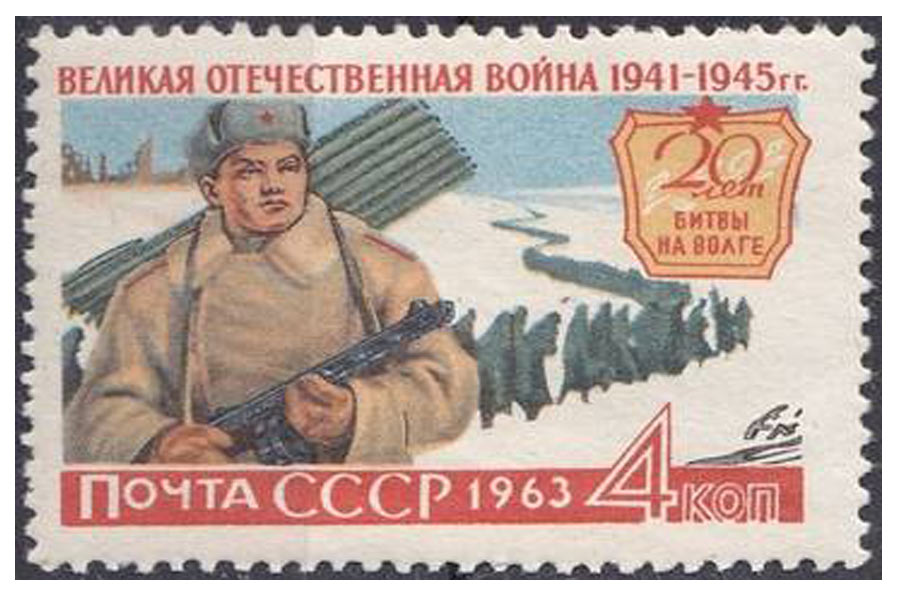
Reasons of the Spreading of Nazism in Europe
Adolf Hitler as leader of German Nazis came to power in 1933. He did not hide his objectives to further his ambition over the territory of the other European countries. However, most of these countries saw an opportunity to negotiate with Nazi dictatorship. In addition, there were others who supported Hitler in Austria, Bulgaria, Poland, Romania, and other European countries as well as in the United States. At that time, Italy, Spain and Portugal had created totalitarian regimes similar to the German one. The British Empire on the other hand was more concerned with the safety of its colonies including India and did not see the need to avert the threat of advancing Nazism.
Nazi ideas were based on the need to expand the “living space” for the “chosen race” and the creation of a “global Nazi empire.” In July 1933, Germany signed agreements with the Great Britain, Italy, and France. A few months later, in October 1933, Germany left the League of Nations. This allowed Berlin to brazenly violate the Treaty of Versailles (1919), which prohibited Germany to rearm its army and navy after World War I. Poland had signed the Non-aggression Pact with Germany in 1934 because it could not ignore the militaristic preparations of its neighbor. Following Warsaw, London signed the Anglo-German Naval Agreement in 1935. The Agreement made it possible for the Germans to build 5 battleships, 2 aircraft carriers, 21 cruisers, and 64 destroyers. Japan and Germany signed the Anti-Comintern Pact (anti-communist) in 1936 and fascist Italy joined them in 1937 just like Hungary, Manzhou-go, and Spain.
In March 1938, Nazi Germany occupied Austria. From then on, Hitler’s diplomacy was conducted from a position of power. The next treaty in September 1938 was titled the Munich Agreement (also known as Munich Betrayal), which de facto enabled Germany to occupy Czechoslovakia. France, Italy, and United Kingdom had thoughtlessly aided the Nazi state. Two weeks later, London and Berlin signed a declaration of mutual non-aggression. The Dusseldorf Agreement with Great Britain meant the division of the spheres of economic interests of the two powers on the continent. Germany concluded similar agreements with France in 1938. Both London and Paris were convinced that these agreements would redirect Hitler to fight Bolshevism and to focus on the expansion to the East.
The following agreements were concluded against the background of military actions. The signing of the Agreements between Germany and Denmark, Italy, Lithuania, and Romania in the spring of 1939, and with Estonia and Latvia in June 1939 left no doubt that Nazism would not stop its march. Russian officials in Moscow clearly saw the shadows of the great war. The Treaty of Non-aggression (also known as the Molotov-Ribbentrop Pact) was signed between the Soviet Union and Germany in August of the same year. This was how Joseph Stalin tried to postpone the inevitable.
Nazi troops invaded Czechoslovakia on March 14, 1939. President Edvard Beneš did not receive the promised support from the “allies”, both England and France. Not a single shot was fired from either the English or the French side. The Soviet Union was ready to provide assistance to Prague, but Poland refused to let Russian troops pass taking the side of Hitler.
Poland became the first victim of World War II as it refused to oppose The Evil. The War began on September 1, 1939 with the invasion of the German army into Poland. Belgium, Bulgaria, France, Greece, Norway, and other parts of Europe had fallen in a short time. Britain found itself in a naval blockade.
The Beginning of the War. The Horrors of the Occupation.
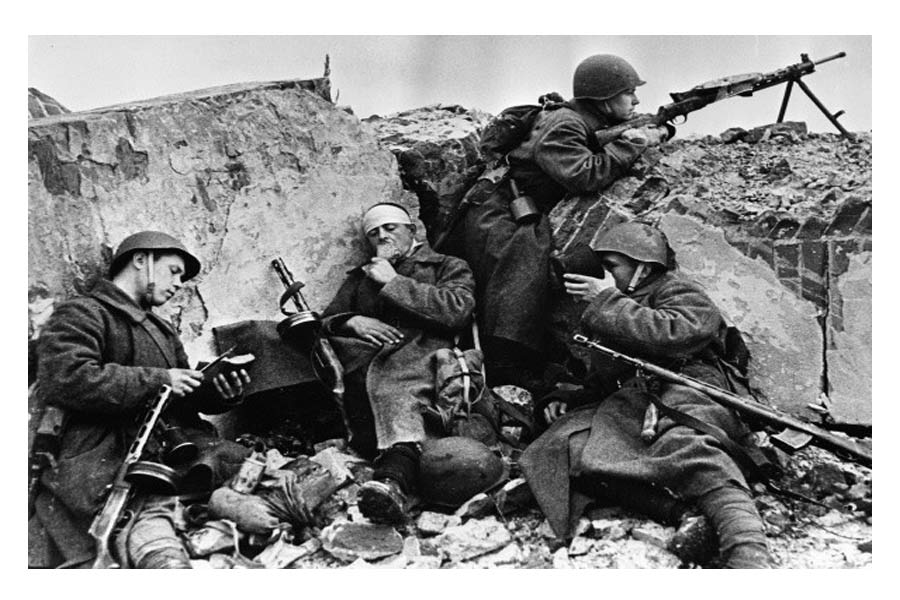
As mentioned above, on June 22, 1941, the troops of the Nazi Germany invaded the Soviet Union. The forces of the invasion amounted to 4 million and 50 thousand German troops and 850 thousand allies of Germany as part of Operation Barbarossa. At the beginning of the War, 2.742 million Soviet troops opposed them. Hitler’s troops were able to push back the Russian military units in the border areas and to rush into the depths of the Soviet Union, which was a result of a number of strategic mistakes of the Red Army commanders.
That moment was the beginning of the terrible history of the occupation of a significant part of European Russia. The area under occupation amounted to about 743,632 square miles that is comparable to 58 per cent of the territory of contemporary India. About 70 million Soviet citizens ended up in these places under occupation. The Generalplan Ost (General Plan for the East) entered into force in occupied territory by the Nazis according to the order of the Reichsführer-SS Heinrich Himmler. The plan was a collection of orders and instructions with the goals that provided for the elimination of at least 30 percent of the population and the relocation of the urban dwellers to the rural areas. The captured territories were destined to become colonies. Raw materials, farming produce, and cheap labor were sent into Germany. Museums and galleries were looted. Cultural property was taken out of Russia.
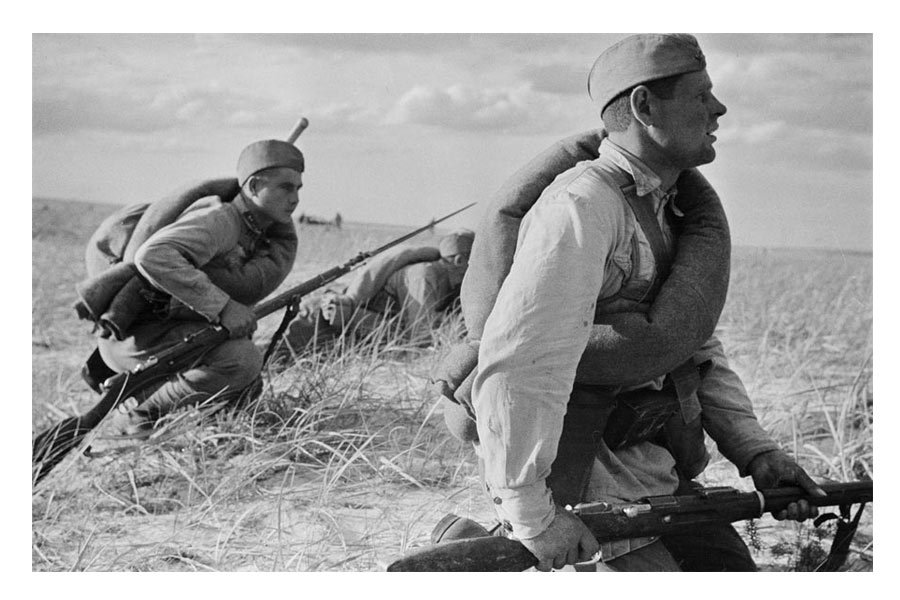
Draconian laws were used against the local population in the occupied parts of the country. For example, Soviet citizens were forbidden to use wells used by the German soldiers. Any person could be hanged for violation of this order. Russians were deprived of healthcare, education, and sanitation. The Nazis used Russian children for blood transfusion for the wounded German soldiers. The occupation was accompanied by continuous looting, murder and rapes. There was a hunt for people who were later brought to work in Germany. Over 5 million people were taken out of Russia for those purposes. Over 2.16 million of them died in German captivity. About 7.42 million residents were intentionally killed (of which more than 216 thousand were children), 4.10 million became the victims of intentionally cruel conditions of the occupation regime between 1941 and 1944 due to suffering from hunger, infections, illnesses, and lack of medical care. It is considered that the accurate number of dead civilians in Soviet Russia has amounted to 13,684,629 persons. Over two million Soviet soldiers who were captured as prisoners of war in the first years of the War and died of starvation should be added to these terrifying statistics too.
It needs to be added separately that Nazis had plans to use hunger as the main tool of elimination of the peoples of the Soviet Union. The Hunger Plan of Herbert Backe envisioned starvation to death of 30 million Soviet citizens in the event of the successful enslavement of Russia. This approach is reminiscent of the Bengal famine in India in 1943-1944. Since 1942, the British colonialists took out grain from India primarily from the Northeastern provinces. The British explained their actions as a need to prevent the Japanese invasion of their colony. The hurricane that hit Bengal at the same time made the situation even worse. It is estimated that up to 3 million Indians died of starvation during that period.
War and Victory
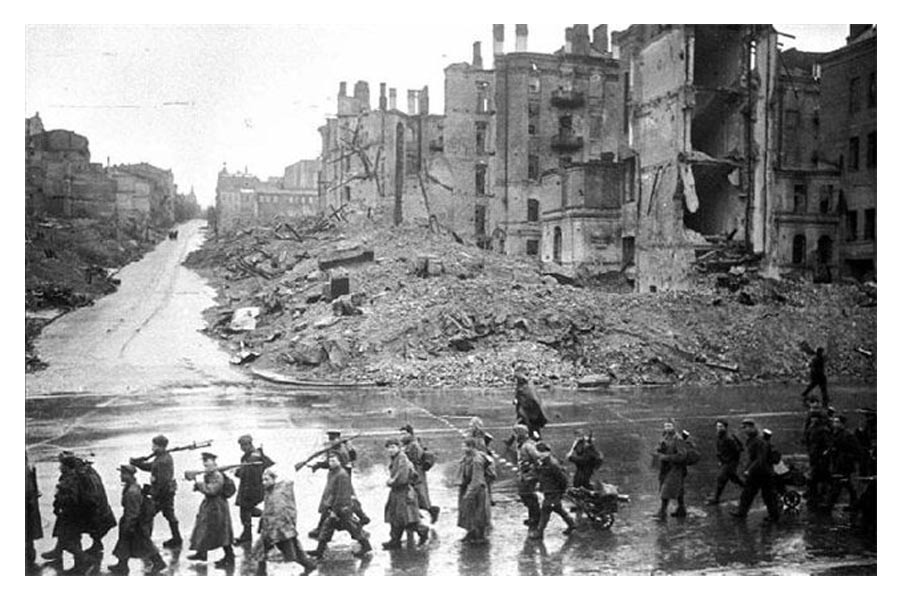
According the Russian historiography, the War for the liberation of the Soviet Union is usually divided into three main stages: initial, critical, and final. Thousands and millions of Russians died during each of these stages.
At the first stage, Soviet troops were defeated during such major battles as the Baltic Operation (June-July 1941), the Battle of Smolensk (July-September 1941), the Battle of Kiev, and several other battles. Hitler’s army besieged Leningrad (now St. Petersburg) and sought to capture Moscow, the capital of the USSR. But already during the Battle of Moscow (September 1941-January 1942), the Nazis were defeated. The Battle of Rzhev (January-April 1942) demonstrated the accidental nature of the previous German victory. German troops were driven back 125 miles off the Soviet capital. The expectations of the imminent collapse of the Soviet Union did not materialize. Russia was ready to fight to its last man to survive. Already by August 1941, Great Britain and the US had come to a conclusion that it was necessary to support Russia.
The second stage was the critical one. About 479,000 Soviet soldiers and 500,000 German Nazis and their allies died during the bloody Battle of Stalingrad (July 1942-February 1943). The battle ended in a crushing defeat of the German forces. Various estimates show that from 91 to 110 thousand Nazi troops were taken as prisoners of war. No less bloody was the Battle of Kursk (July-August 1943), which followed the Battle of Stalingrad. This was followed by a series of battles in the South of Russia, which are known under a common name of the Battle of the Caucasus (July-October 1943). The final turning point of the critical stage of the War was lifting of the Siege of Leningrad, which lasted almost two and a half years until August 1944.
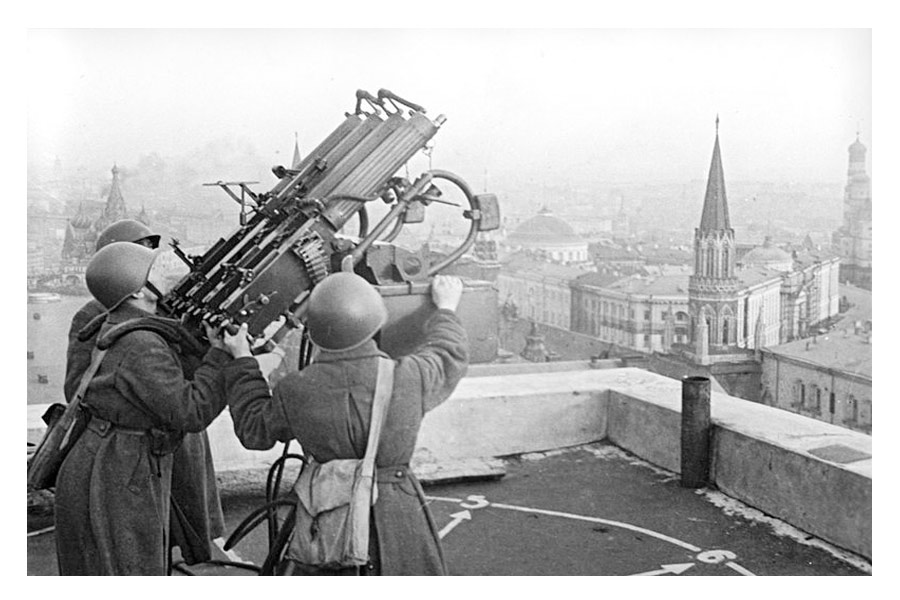
Since 1942, Washington and Moscow agreed on direct deliveries of auxiliary equipment, food, weapons, and military equipment under the Lend-Lease program. However, one should not assume that assistance to the USSR was free. Moscow paid for it with gold and non-ferrous metals. Payment of debt balances of 722 million US dollars was discussed until the 1990s.
In the summer of 1943, Joseph Stalin, Winston Churchill, and Franklin Delano Roosevelt met in Tehran, Iran. The allies of Russia understood that the question of victory over Nazi Germany was only a matter of time. Naturally, the leaders in London and Washington considered it necessary to intervene in the War. There was a coordinated timing of the Allied invasion on the Normandy, located on the Northern coast of France. This was done not only to help the USSR, but also to secure political influence in Europe and in the world of both the US and the UK.
During the final stage, Soviet troops completed the liberation of the territory of the Soviet Union and the nations of Europe who were captured by the Nazi Germany. This happened during the Vitebsk-Orsha Offensive (February-March 1944), the Minsk Offensive also known as Operation Bagration (June-August 1944) and the Vistula-Oder Offensive (January-February 1945). At the same time Anglo-American troops landed in Western Europe, which accelerated the victory and reduced the number of victims among the Russians. During the final operation, the Battle of Berlin (April 23-May 8, 1945) put an end to Nazism. On May 8, 1945, on behalf of the German command, Field Marshal Wilhelm Keitel signed the German Instrument of Surrender of the Nazi Germany. Closer to the midnight on the Central European Time on May 8, 1945 the capitulation came into force. In Moscow at that time it was 01:01 a.m. of the beginning of the new day, May 9, which Russians celebrates as the Great Victory Day.
Cover Image: Diorama Liberation of Leningrad



